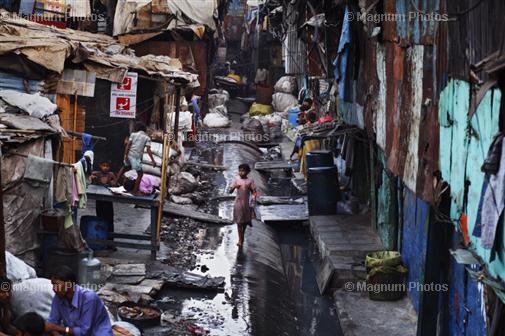'The Places We Live': Four Monumental Slums Typify 'Home' for More Than One Billion People
/ ‘The Places We Live’: Four Monumental Slums Typify ‘Home’ for More Than One Billion People
‘The Places We Live’: Four Monumental Slums Typify ‘Home’ for More Than One Billion People
In 2008, for the first time in human history, more people lived in cities than in rural areas. One-third of these urban dwellers—more than one billion people—resided in slums. That number is expected to rise substantially: the United Nations forecasts that the number of slum dwellers will double to two billion people within the next 25 years. Poverty is urbanizing at breakneck speed, and there are few overarching plans to address how cities can accommodate this rapid influx of humans.





